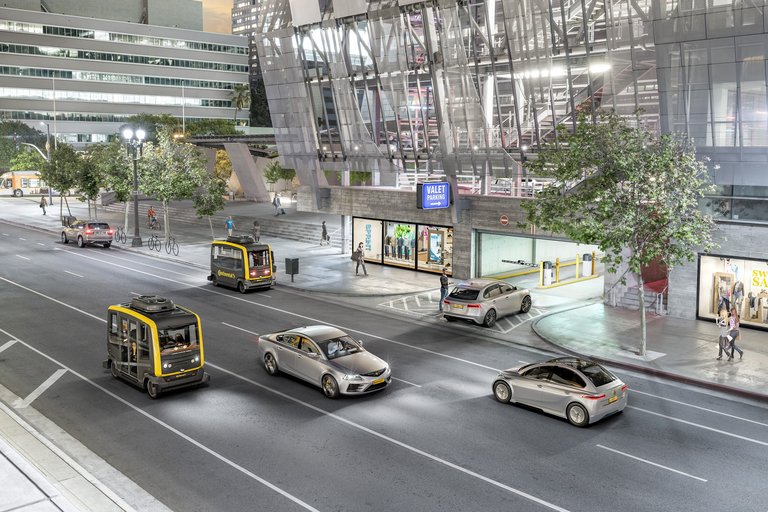The benefits of autonomous driving are increasingly being seen – but there are also still reservations
While personal transportation has gained massive momentum in the wake of the COVID-19 pandemic, people’s attitudes toward automated driving in all countries remain largely wait-and-see.
There are clear differences between the Asian countries on the one hand and the USA and Europe on the other. In China and Japan in particular, the development of autonomous vehicles is seen by the majority as a desirable advance that people are already waiting to see introduced.
In Germany, France and the USA, more than half of respondents say self-driving cars are useful but also a little scary.
Americans are least comfortable with the idea of giving up the wheel, and this is the country where skepticism is greatest in an international comparison. For example, 75 percent of Americans say automated driving would scare them. Moreover, this high percentage has not changed in the past two years. At the same time, however, the technology has received a significant boost in confidence in the USA as a whole. Whereas in 2018, 75 percent of Americans said they did not believe that self-driving vehicles would ever function reliably, half of those surveyed today in the USA are still of this opinion. Long-term confidence in this technology has increased noticeably. This development can also be observed in the four other countries included in the study.
There is much agreement on the reasons that currently speak against autonomous driving. In all countries, around 80 percent say that legislation has not yet created an appropriate framework for technical development. In addition to (primarily technical) developments on the part of manufacturers, the respondents believe that key legislative developments are needed on the part of policymakers.
Proponents of self-driving cars cite the superior safety of the vehicles and the time saved by passengers, who can work or relax while driving. Both arguments are supported by clear majorities in Asia, while in Europe they are supported by only half of the respondents on average.
In Europe and the USA, a clear majority is concerned that self-steering cars could take the fun out of driving. In the USA, this attitude has actually increased over the past two years. Different attitudes toward the car as a means of transport can be identified here. In the USA and Europe, where the proportion of committed self-drivers is particularly high, the concern about a loss of driving pleasure is also more pronounced – the time saved by no longer driving oneself is perceived as less relevant. In Japan, the view of the car is a more pragmatic one. The traditional model of being behind the wheel of one’s own car prevails, but people are more open to change if it seems advantageous to them. Openness to technology is greatest in China, where there is great potential for new technologies in a growing market.
The idea of being chauffeured around town in an autonomous robot cab has a divided response. Interest in such new technologies is most pronounced in China, while Germans are the most skeptical.
Download the brochure "From Driver to Passenger: Attitudes Toward the Technological Development of the Car - pdf (378KB)".




